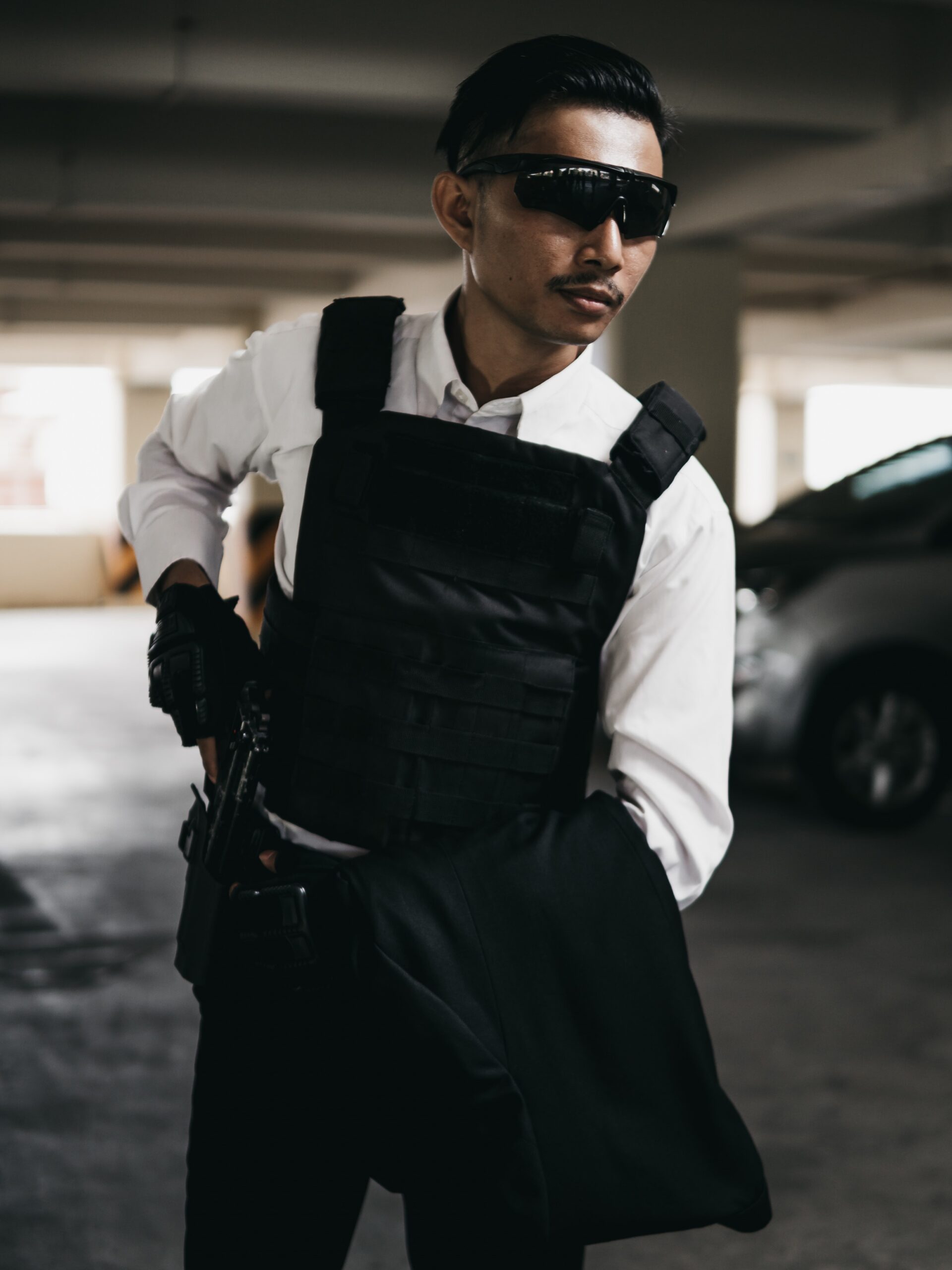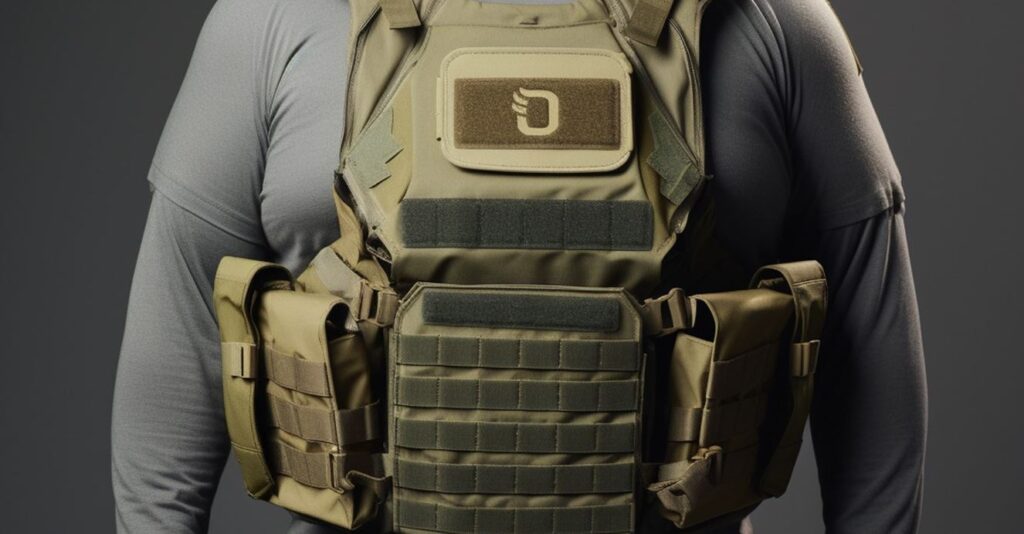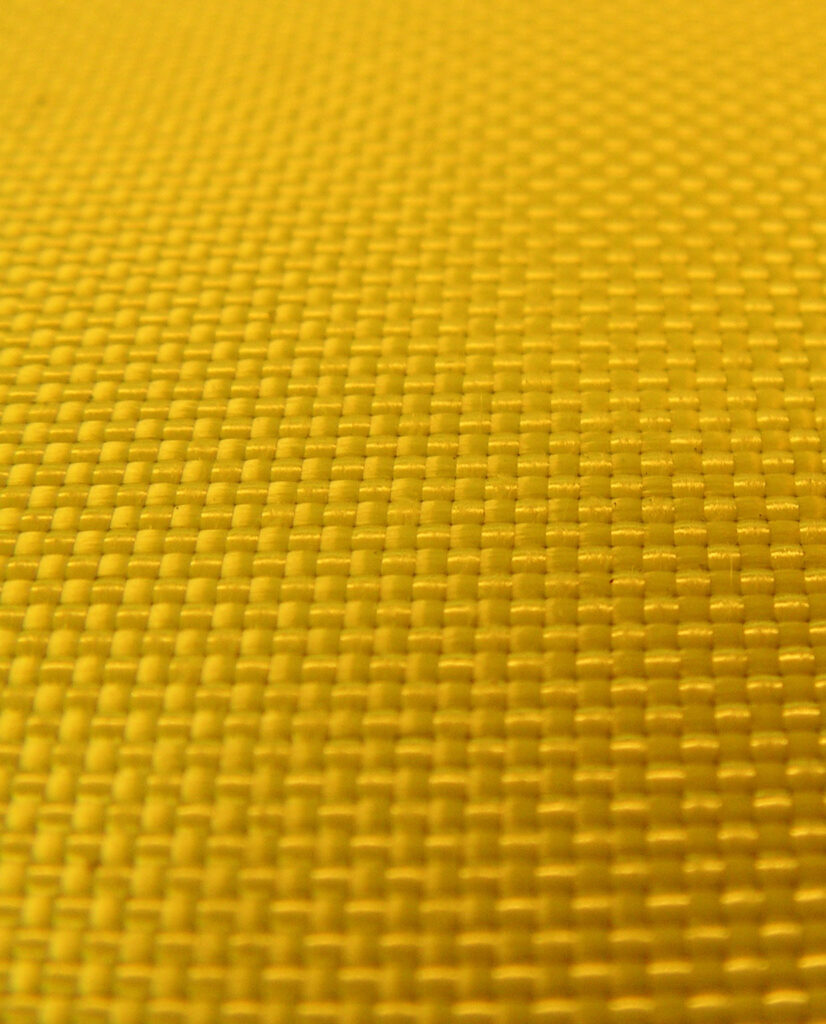Bulletproof clothing has gained significant importance in recent years due to the growing demand for advanced protection in various industries. This article explores the definition, significance, and advancements in bulletproof clothing, focusing on emerging technologies and materials that have the potential to revolutionize personal protection.
Definition and Significance of Bulletproof Clothing
Bulletproof clothing refers to specially designed garments and accessories that provide protection against ballistic threats, such as bullets and projectiles. The significance of bulletproof clothing lies in its ability to safeguard individuals in high-risk professions, law enforcement agencies, military personnel, and civilians facing potential threats.
Traditional Bulletproof Clothing and Its Limitations
Overview of Traditional Bulletproof Materials and Designs
Traditional bulletproof clothing primarily relies on materials like Kevlar® and other synthetic fibers that have high tensile strength and can effectively absorb and distribute the impact energy. These materials are incorporated into vests, jackets, helmets, and other protective gear.
Limitations and Challenges Associated with Traditional Solutions
However, traditional bulletproof clothing has certain limitations. It can be bulky, heavy, and restrict freedom of movement, making it uncomfortable for extended wear. Additionally, traditional materials may have limited effectiveness against high-velocity and armor-piercing projectiles. There is a need for innovative technologies and materials to overcome these challenges.
Emerging Technologies in Bulletproof Clothing
In recent years, exciting advancements in technology have brought about innovative solutions in bulletproof clothing. These new developments aim to overcome the limitations of traditional options and provide enhanced protection while ensuring comfort and flexibility.

Introduction to Innovative Technologies
Nanotechnology and Advanced Fabric Treatments
Nanotechnology, which involves manipulating materials at the tiniest scale, has paved the way for improved bulletproof clothing. Through nanotechnology, fabrics can be made stronger, more flexible, and better able to withstand ballistic threats. Advanced fabric treatments like coatings and laminations further enhance durability and water resistance.
Lightweight and Flexible Armor Materials
There is a growing demand for bulletproof clothing that is lightweight and flexible, allowing ease of movement. To address this, new materials are being developed. These materials utilize advanced fibers, composites, and polymers to create armor panels that are both light in weight and capable of withstanding high-velocity impacts.
Impact-Resistant Designs and Structures
To enhance protection, bulletproof clothing incorporates innovative designs and structures that can efficiently absorb and disperse impact energy. These designs focus on improving the clothing’s ability to handle sudden impacts. Examples include layered constructions, honeycomb structures, and specially engineered padding systems.
In-Depth Exploration of Emerging Technologies
Carbon Nanotubes and Graphene Composites
Carbon nanotubes and graphene composites are incredibly strong and tough materials. They offer high tensile strength, low weight, and excellent thermal conductivity, making them ideal for bulletproof clothing. These materials provide enhanced protection against ballistic threats.
Liquid Armor and Shear-Thickening Fluids
Liquid armor involves the use of shear-thickening fluids, which change their viscosity upon impact, creating a stiff protective barrier. This innovative technology disperses and absorbs impact energy, reducing trauma and improving protection. Liquid armor is flexible, comfortable, and suitable for various applications.
Ceramic and Metal Foam Materials
Ceramic and metal foams are lightweight materials with excellent energy absorption properties. When subjected to impact, these foams crush and deform, effectively stopping projectiles. Their lightweight yet strong nature makes them valuable for creating advanced armor systems.
These emerging technologies and materials offer great potential for the future of bulletproof clothing. They provide improved protection, comfort, and versatility, ensuring individuals in high-risk environments can stay safe while maintaining ease of movement. By harnessing these innovations, the industry aims to advance the field of bulletproof clothing and better meet the needs of those who require reliable personal protection.
Cutting-Edge Materials for Bulletproof Clothing
The field of bulletproof clothing has seen remarkable advancements in materials, leading to the development of cutting-edge options that provide enhanced protection. Let’s explore some breakthrough materials and understand their properties and advantages.
Breakthrough Materials Enhancing Protection
Ultra-High Molecular Weight Polyethylene (UHMWPE) Fibers
UHMWPE fibers are extremely strong and lightweight, making them excellent for bulletproof clothing. They have impressive tensile strength, allowing them to effectively absorb and distribute the energy from impacts. UHMWPE fibers offer great protection against bullets while ensuring flexibility and comfort.
Dyneema® and Spectra® Fibers
Dyneema® and Spectra® fibers are brands of UHMWPE fibers known for their exceptional strength-to-weight ratio. They surpass traditional materials like Kevlar® in this aspect. These fibers provide excellent protection against bullets while being lightweight and flexible, enabling ease of movement.
Liquid Crystal Polymer (LCP) Fibers
Liquid crystal polymer (LCP) fibers are specialized materials used in advanced bulletproof applications. They offer outstanding impact resistance and penetration protection. LCP fibers are highly resistant to chemicals, have low flammability, and can withstand high temperatures, making them reliable in extreme conditions.
Properties and Advantages of Each Material
Ultra-High Molecular Weight Polyethylene (UHMWPE) Fibers:
● Exceptional strength and lightweight
● Effective energy absorption and distribution
● Flexible and comfortable for extended wear
Dyneema® and Spectra® Fibers:
● High strength-to-weight ratio
● Superior bullet protection
● Flexible and enable freedom of movement
Liquid Crystal Polymer (LCP) Fibers:
● Excellent impact resistance and penetration protection
● Resistant to chemicals and low flammability
● Withstand high temperatures in extreme conditions
Application Areas and Industries
Bulletproof clothing finds application in various sectors and industries due to its ability to provide enhanced personal protection. Let’s explore the different areas where bulletproof clothing is utilized:
Military and Law Enforcement:
The military and law enforcement agencies extensively use bulletproof clothing to protect personnel from ballistic threats during combat operations, law enforcement duties, and special missions. These garments offer crucial protection in high-risk situations.
Personal Protection for Civilians:
Bulletproof clothing has gained popularity among civilians who require personal protection. Individuals working in high-risk professions, such as security personnel, private investigators, or individuals concerned about personal safety, can benefit from the added protection provided by bulletproof clothing.
Security and High-Risk Professions:
Professions that involve exposure to potential threats, such as security guards, bodyguards, armored vehicle personnel, or individuals in high-risk occupations like journalists reporting from conflict zones, can utilize bulletproof clothing for added safety and protection.
Sports and Adventure Activities:
In certain sports and adventure activities where there is a risk of projectiles or impact, bulletproof clothing can provide an extra layer of protection. Activities like paintball, airsoft, and certain extreme sports may require the use of bulletproof clothing to minimize the risk of injury.

Challenges and Future Directions
While bulletproof clothing offers significant advantages, several challenges and future directions need to be considered for its continued advancement and wider adoption.
Cost and Accessibility Considerations:
The cost of bulletproof clothing can be a limiting factor for many individuals and organizations. Increasing accessibility and affordability through technological advancements and mass production can make bulletproof clothing more widely available.
Balancing Protection, Comfort, and Aesthetics:
Finding the right balance between protection, comfort, and aesthetics is essential. Bulletproof clothing should not compromise on protection while ensuring wearer comfort and incorporating designs that are practical, versatile, and aesthetically appealing.
Integration of Smart and Wearable Technologies:
The integration of smart and wearable technologies into bulletproof clothing opens up new possibilities. These technologies can enhance situational awareness, monitor vital signs, and provide real-time data, further improving the safety and effectiveness of the wearer.
Collaborative Efforts and Research Advancements:
Collaborative efforts between researchers, material scientists, and manufacturers are vital for driving advancements in bulletproof clothing. Continued research and development can lead to innovative materials, designs, and manufacturing techniques that improve protection and address existing limitations.
Final Thoughts About Bulletproof Clothing
Innovations in bulletproof clothing have brought about remarkable advancements in technologies and materials, revolutionizing personal protection. In this article, we have explored emerging technologies such as nanotechnology, lightweight armor materials, and impact-resistant designs. Additionally, breakthrough materials like UHMWPE fibers, Dyneema®, Spectra®, and LCP fibers were discussed.
These emerging technologies and materials hold great potential for enhancing safety and protection in various industries and applications. Military and law enforcement personnel can benefit from improved ballistic resistance, while civilians seeking personal protection have access to lightweight and flexible options.
Security professionals and individuals in high-risk professions can rely on bulletproof clothing for added safety. Even sports and adventure enthusiasts can find increased protection in their activities.
Looking ahead, the future of bulletproof clothing is promising. Challenges such as cost, comfort, and aesthetics can be addressed through technological advancements and collaboration between researchers and manufacturers. The integration of smart and wearable technologies opens up exciting possibilities for enhanced situational awareness and real-time data.



